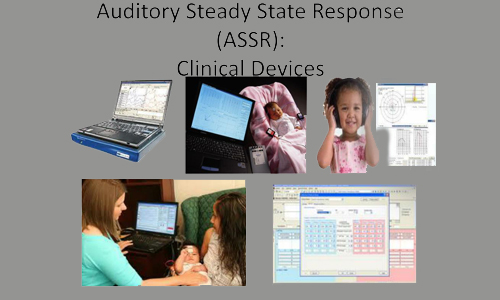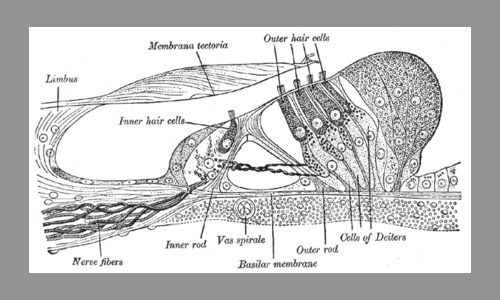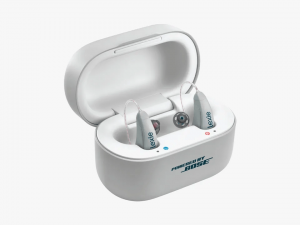Auditory Steady-State Response – ASSR

The ASSR [Auditory Steady-State Response] procedure may differentiate what may best modulation rate for activation of cortical versus brainstem neurons. Slower modulation rates, usually less than 50 per second, are considered to be driven by the auditory cortex, whereas modulation rates greater than 50 may be best driven by brainstem structures (Phillips et al., 1991).
Currently, this general information drives the recommendations for the clinical use of the ASSR [Auditory Steady-State Response]. Interestingly, from a clinical perspective, the high modulation rates are less influenced by sleep compared to the low modulation rates.
This is similar to the Well-known effect of sleep on the late cortical EPs and the lack of it on the ABR. Recent data indicates that in humans, lesions of the auditory cortex influence threshold estimates made with ASSR [Auditory Steady-State Response] (Shinn, 2005).






